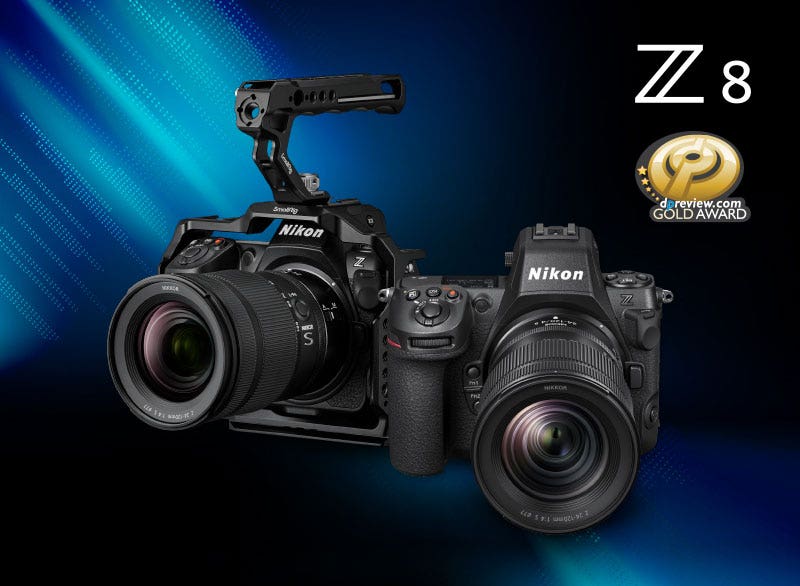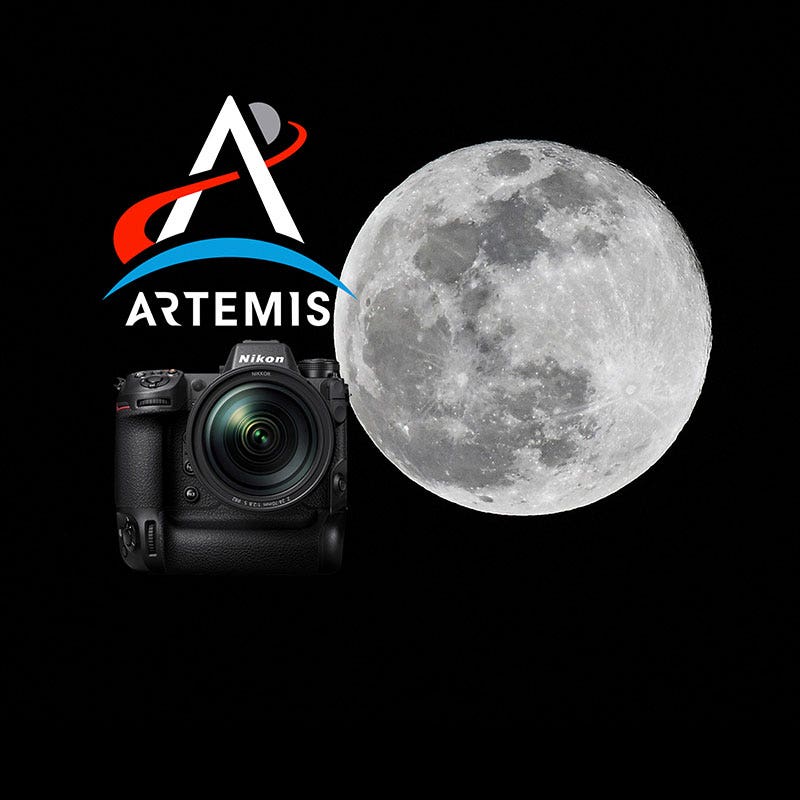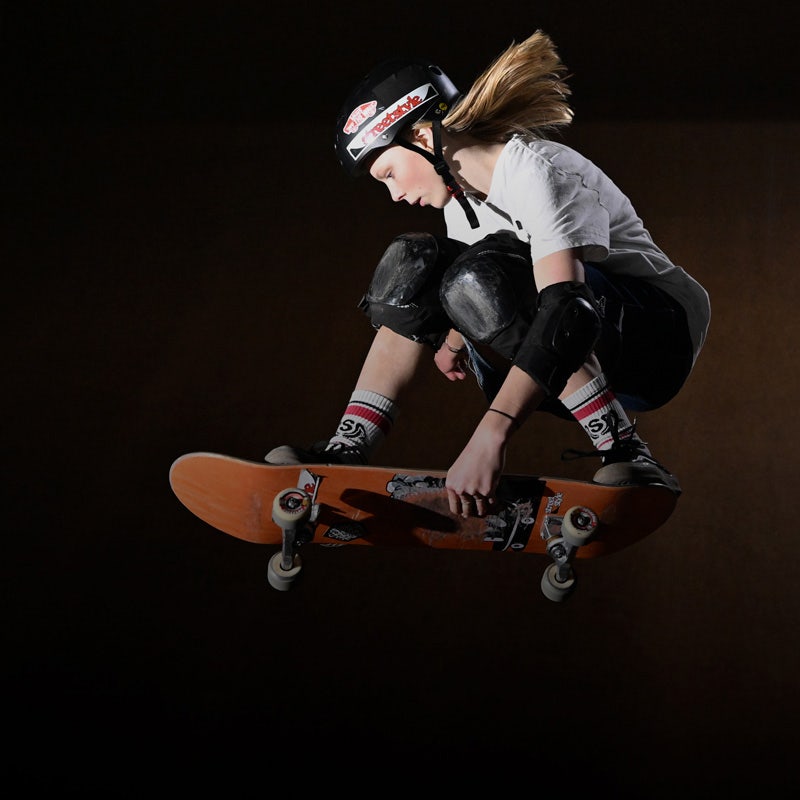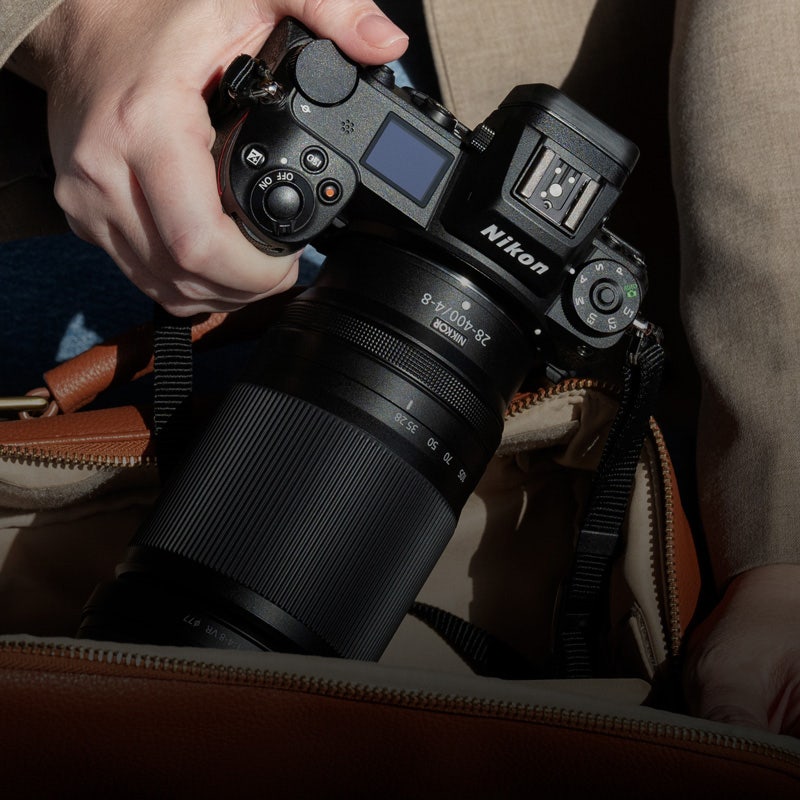

Learn & Explore - Z Series
Nikon Z 9 × Wildlife


Incredible Responsiveness and Reliability in the Field
Wildlife photographer and cinematographer Shannon Wild was among the first to try out the Nikon Z 9 during the dry, dusty South African winter, and she was so impressed by its responsiveness and usability that parting with the camera was hard. She shares some images and tells us about her experiences. (Photos and report by Shannon Wild)






Nikon Z 9/ NIKKOR Z 100-400mm f/4.5-5.6 VR S with Z Teleconverter TC-1.4x/ FL: 470mm/ Manual exposure (f/8, 1/1250 sec)/ ISO 1250
Cape Weaver
This tiny little bird put on quite a show for me as it bathed. I took advantage of the high-speed continuous shooting mode (20 fps raw shooting in “Lossless compression” mode) and did bursts of images as it preened and sang. I loved that even with the frequent continuous bursts, the camera didn’t stop to buffer, allowing me to focus on the action in front of me.


Nikon Z 9/ AF-S NIKKOR 120-300mm f/2.8E FL ED SR VR/ FL: 195mm/ Manual exposure (f/2.8, 1/4000 sec)/ ISO 500/ Mount Adapter FTZ used
Pied Kingfisher
This is an image I’ve always dreamed of capturing. Kingfishers are tricky to capture especially when they are diving—it’s unpredictable, and they move extremely fast! So when I got to test out the Z 9, I knew it was the perfect time to try it. This kingfisher had a few failed hunt attempts, which gave me extra chances at a shot. When it did successfully manage to capture a tasty morsel, I was able to freeze the action with the super-fast responsiveness of the AF system, particularly the 3D-tracking AF mode.


Nikon Z 9/ NIKKOR Z 70-200mm f/2.8 VR S/ FL: 200mm/ Manual exposure (f/2.8, 1/4000 sec)/ ISO 500
Cheetah Cubs
I found the silent mode invaluable and permanently used it to minimise any disturbance to my wild subjects. In this case, these adorable cheetah cubs clearly knew I was there as they turned to watch me. Their mother had just started moving off into the distance so I knew they would soon follow her. As I slowly moved myself into a lower position, the cubs turned to give me one last look before disappearing into the tall dry grass. The Z 9 with the NIKKOR Z 70-200mm f/2.8 VR S happens to be my favourite combination—it provides incredible speed and clarity that is truly mind-blowing.


Nikon Z 9/ NIKKOR Z 100-400mm f/4.5-5.6 VR S/ FL: 400mm/ Manual exposure (f/7.1, 1/640 sec)/ ISO 4000
Leopard
I'm incredibly impressed with the AF system and utilised the Animal-Detection AF most of the time. It was very responsive in detecting eyes. For this shot, the 3D-tracking AF mode kept focus as the leopard moved toward me, even as the light faded and even when grass came between me and the subject. Hitting and maintaining focus was much easier on the Z 9 than on my previous DSLR, and I also found it far more responsive.
A reliable wildlife photography and filmmaking partner
When I got the chance to use the Z 9 for a month, I was very excited at the prospect of new technology being able to benefit my work as a wildlife photographer, especially with the animal eye tracking capabilities. And I wasn’t disappointed. As many of the images in this article show, the combination of swift, accurate Animal-Detection AF (especially the ability to detect eyes), persistent 3D-tracking, and high-speed continuous shooting, helped me to easily capture many moments that would otherwise have been much more challenging to achieve. The speed and responsiveness of the Z 9 was such that I definitely felt the difference when I got back to current D-SLR.
Excellent ergonomics
I loved the ergonomics of the Z 9. I want a camera that feels robust and balanced, with a body that is substantial enough to hold easily. The Z 9 body sits well in my hand, just like my DSLRs have, and it balances out well with the long super telephoto lenses that I used. The weight and the built-in vertical grip at the bottom feel familiar, so it was easy transiting from my D-SLR.


A trusty companion for capturing interesting light
My work is dictated by interesting light and animal behaviour, which means my best shooting times are early morning, and late afternoon or evening, where the light is low but provides an interesting layer of depth to my images. Also, as I was shooting in winter, some of the animals were active for longer since they didn’t need to escape the usual heat. Having a good Vibration Reduction system not just on the lens but also in-camera was crucial for achieving crisp images, especially since I prefer the freedom and mobility of handheld shooting for photography.
Features such as illuminated buttons also made operating the camera more convenient in low light.
I was also impressed with the Z 9’s battery life. From memory, I only changed to a second battery a couple of times after some heavy continuous shooting of birds while I was in a hide. Even then, I never actually ran out of battery, but replaced it when the battery level neared 25% just to be safe. Filming video was also not an issue for the battery.
The Z 9 supports in-camera charging and power delivery via a PD-compatible power bank, which helped for long sustained filming durations.


8K video—extra flexibility for professional video production needs
The fact that the Z 9 can shoot 8K video provides additional options in post-production. As a professional cinematographer, I want to work with the highest resolution and colour depth possible for flexibility in post-production. Also, as a wildlife filmmaker, I might be stuck in one position when I film a scene, perhaps because of the line of sight or so that I don’t disturb the subject. Shooting in 8K for 4K output provides more leeway to do more with the same footage in post-production. For example, you can crop frames to create different compositions or do digital panning within a static shot to create motion. This helps to create a more engaging end product.
Longer video shooting duration: The camera keeps rolling
When filming wildlife, you always need to be ready to capture behaviour as you never know when the action will take place, On the Z 9, 8K in-camera recording is possible for up to 125 minutes, increasing the chances that the camera is rolling when something exciting happens. I’m not limited by a cache, which is hugely beneficial for me to do my job well.
Favourite feature on the Nikon Z series:
3D-tracking—more reliable than before
On my DSLR, I often had to switch AF modes according to the scene to ensure that it tracked the way I wanted, but on the Z 9, I could rely on the 3D-tracking mode more. I loved it—I often like to place my subjects off-centre, and with 3D tracking, once I lock focus on the subject, I can move my frame to compose as needed while the camera maintains focus on the subject. It was also crucial for achieving successful shots in high-speed continuous shooting scenes where animals moved quickly and unpredictably.


Nikon Z 9/ AF-S NIKKOR 120-300mm f/2.8E FL ED SR VR/ FL: 300mm/ Manual exposure (f/2.8, 1/2000 sec)/ ISO 1600/ Mount Adapter FTZ used
White Heron
A scene from a sequence where a white heron caught its prey. It all took place incredibly fast, and the constant and sharp movement of the heron as it struck its prey meant that where I needed to focus changed rapidly. The Animal Detection AF and 3D-tracking capabilities proved crucial. I might have missed this shot in the past, but the responsiveness of the Z 9 and the AF-S NIKKOR 120-300mm f/2.8E FL ED SR VR lens allowed me to keep the focus on point.


Shannon Wild
Working as a wildlife photographer and cinematographer for the last 15 years, Shannon has always been passionate about wildlife and their conservation long before she started capturing wildlife with her camera. She travels across the globe to photograph her subjects, and is motivated to create images that ignite a sense of fascination and appreciation in the viewer, but more so to encourage involvement and responsibility in their preservation.





